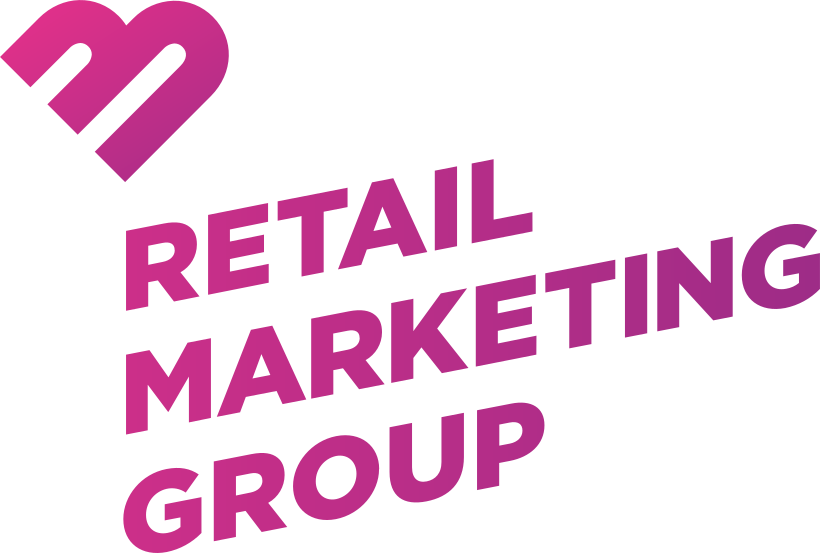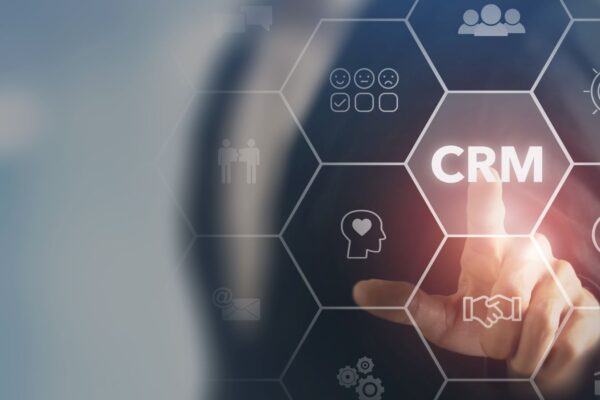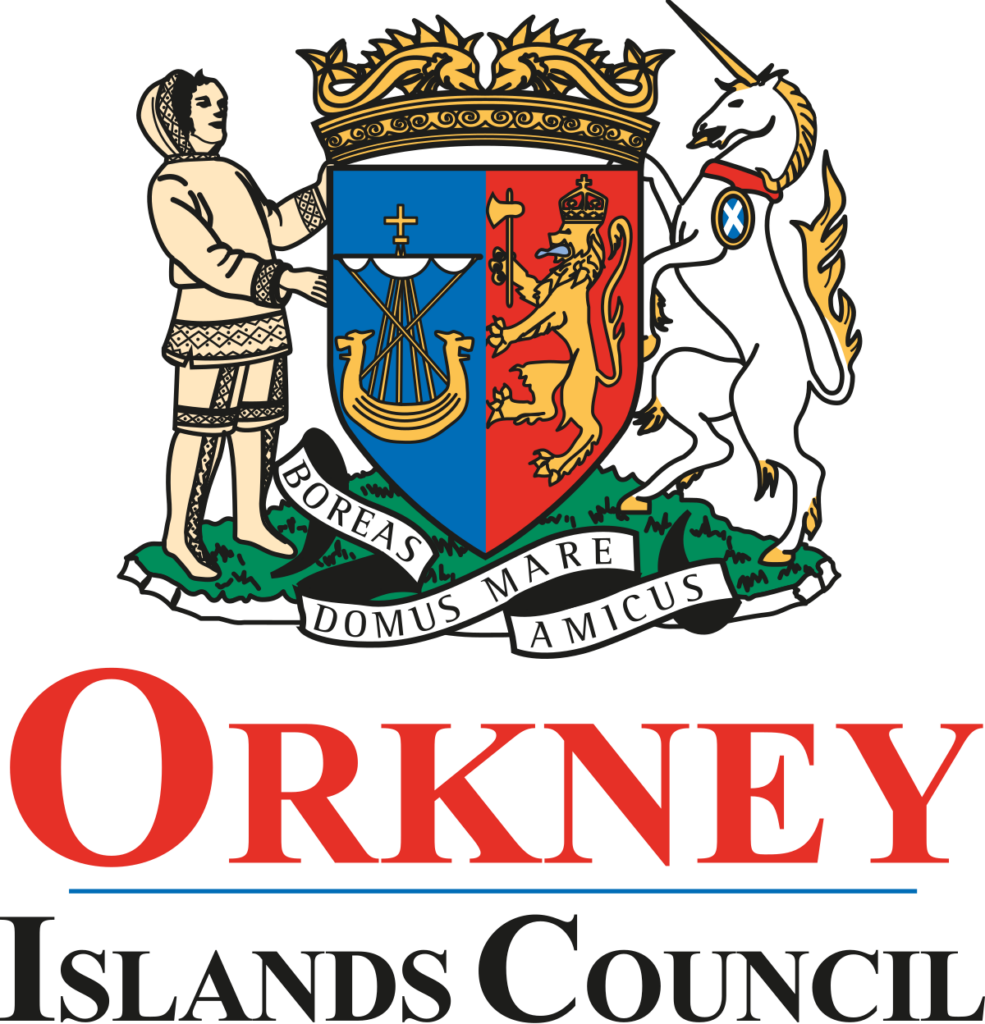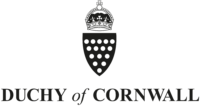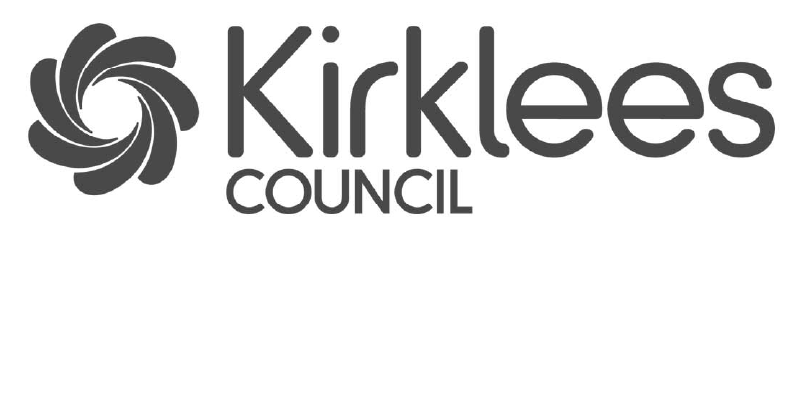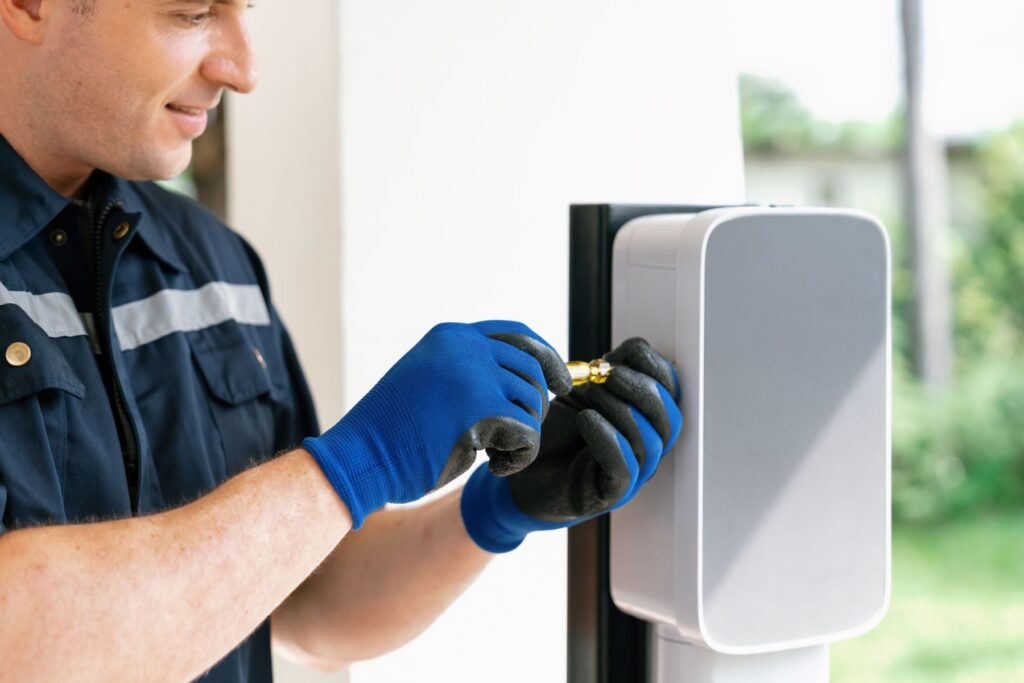A competitive, complex consumer landscape
Competition has never been more intense in the dynamic and growing consumer health and wellbeing sector. 2025 has seen new market entrants like hair loss treatment company Hair + Me, any number of weight loss services like Juniper and SheMed high on social media feeds and supermarket Morrisons in partnership with Phlo moving into the on-demand online healthcare space alongside existing high street giants Boots, Superdrug and Asda.
This new and intense competition also comes with a new reality: increasingly fragmented consumer behaviour that upends traditional marketing assumptions.
Younger age cohorts drive healthcare growth
Our Voice of the Nation (VOTN) survey examining consumer sentiment finds Gen Z and Millennials in the driving seat of the elective healthcare market. Weight-loss treatments like Mounjaro and Ozempic are expected to surge by 40% in 2025 due to these younger age cohorts.
Notably, Gen Z shows equal interest across genders, unlike older age groups where women dominate. Cosmetic treatments are also gaining traction, with well over 10% of Gen Z and female Millennials planning to pay for them, compared to less than 3% among Gen X and Baby Boomers.
While aesthetics is clearly playing a role, other deeper consumer motivations are also emerging. Notably, survey respondents who consider health a top national issue are significantly more likely to self-fund treatments. Among Gen Z males in this group, 16.2% plan to pay for weight-loss treatments in 2025 — well above the average of 4.9%. And just as importantly, the VOTN data somewhat counterintuitively shows that demand for elective healthcare products and services in general spans both affluent and less affluent groups.
Age-related wellness and health products drive innovation
In short, our VOTN data reveals a complex blend of beauty, wellness, and proactive health management, with younger generations investing in elective healthcare to enhance both how they feel and how they look.
This trend is reflected in the innovation and increasingly digital activation seen in the fertility and female health space relevant to these age cohorts. Period care pioneer Daye is launching a new at-home hormone testing service for a host of biomarkers like reproductive hormones, thyroid function and Vitamin D. Male fertility company, testhim, which provides consultations, testicular scans, sperm DNA and other diagnostic testing, is also launching specialist fertility supplement testhim M+and a groundbreaking online monthly support group.
Complex, demanding consumers require sophisticated, multi-layered segmentation
So, with Gen Z and Millennials increasingly self-funding weight loss, cosmetic treatments and holistic wellness products and services of all kinds, DTC and e-commerce healthcare brands must truly rethink how they engage with this increasingly data-savvy, image-conscious audience. Informing integrated campaigns that blend social commerce, influencer marketing, paid advertising, organic and direct marketing content. Our VOTN survey also found that nearly two-thirds of Gen Z consumers (63%) have purchased goods and services via a social media platform like TikTok Shop and Instagram, making this a crucial channel for healthcare businesses to understand and potentially utilise.
But to do that effectively in practice, DTC and e-commerce healthcare brands need more than just surface-level insights. They need robust, layered data foundations that help them target the right consumer with the right kind of message at the right time in the right place. Even with first-party consumer data, it’s a significant challenge. Without it, reaching existing or identifying potential customers is almost impossible for brands.
You can see an example of this in our VOTN survey, which showed that for weight loss treatments, there appears to be greater levels of demand both at the more affluent end of our Acorn segmentation spectrum *and* at the least affluent end, potentially for differing reasons.
This requires integrating geodemographic, behavioural, lifestyle, and attitudinal data to move beyond ‘off-the-shelf’ consumer segments and into understanding consumers in a deep way that understands the likelihood of them engaging with specific healthcare products and services and why – enabling brands to drive efficient spend on the right customers – and remove disinterested or low-value ones – in a market with such broad appeal
It’s also only by taking this multi-layered data approach healthcare brands can build strategic data-driven campaigns that resonate on a genuinely personal level in the manner desired by younger generations. Critically, delivering on the perennial, somewhat paradoxical Gen Z demands for high levels of privacy, but also similarly high levels of personalised products and brand messaging.
Turn insights into activation for D2C and e-commerce health campaign success
But as we know, data, in isolation, holds limited value. Its real power is unleashed through activation – the transformation of insight into strategy. And in a world where consumer expectations are rising and attention spans are shrinking, the ability to deliver timely, relevant, and meaningful engagement is an outright competitive advantage. And it can only be achieved through a deep, data-driven understanding of people.
For D2C and e-commerce health brands, this understanding and successful activation requires them to:
- Identify high-value customer segments for targeted acquisition and retention
- Predict churn and retention patterns within subscription-based models
- Inform campaign messaging with real-world consumer behaviours and motivations
- Develop nuanced personas reflecting not just demographics, but attitudes, values, and lifestyle choices
- Personalise content across relevant digital channels, from email to in-app experiences
- Build lookalike audiences for acquisition campaigns on platforms like Meta and Google
- Optimise digital spend by measuring performance and refining segmentation over time
This is where the transformation power of comprehensive datasets, such as CACI’s Ocean database, which offers over 700 variables at an individual and household level, comes in. Ocean includes everything from financial situation, media consumption and digital behaviours to lifestyle preferences like veganism and exercise to whether consumers have a smart watch or fitness band.
When combined with geodemographic tools like Acorn – segmenting over 1.6 million UK postcodes using more than 800 variables – and supported by bespoke data analysis, brands can unlock a truly multidimensional view of their audiences wherever they are.
This approach allows brands to move beyond generic targeting and into a space where campaigns are not only more relevant but also more respectful of consumer expectations – a win-win for younger cohorts who dislike intrusive and irrelevant brand messaging but demand personalisation nonetheless!
Data insight for a dynamic healthcare future
As healthcare consumers’ expectations evolve and the consumer health and wellbeing market with it, so must the strategies brands use to engage them. Success for D2C and e-commerce healthcare brands doesn’t just hinge on understanding who consumers are today — it’s about being able to anticipate who they’re becoming even as new healthcare technologies, products and devices become available. By being able to able to identify and engage high-lifetime value customers as early as possible, brands also have a greater chance to capture markets as they evolve.
The effectiveness of multi-layered segmentation in improving marketing precision now – and as AI becomes more integrated – is well established. CACI’s ability to deliver on this today with our consumer data and bespoke strategic segmentation capabilities ensures brands are future-ready
Data isn’t just a tool – it’s a strategic asset. Brands that invest in sophisticated segmentation and activation today will be best placed to drive sustainable growth tomorrow.
Speak to our healthcare consumer segmentation specialists today.













